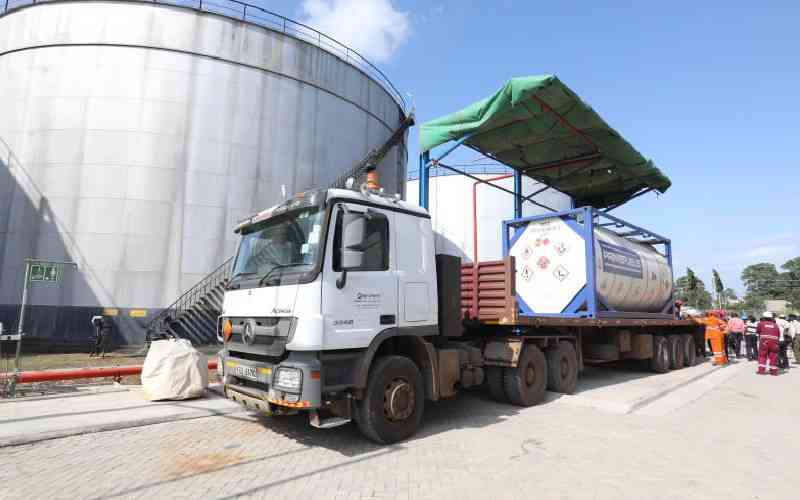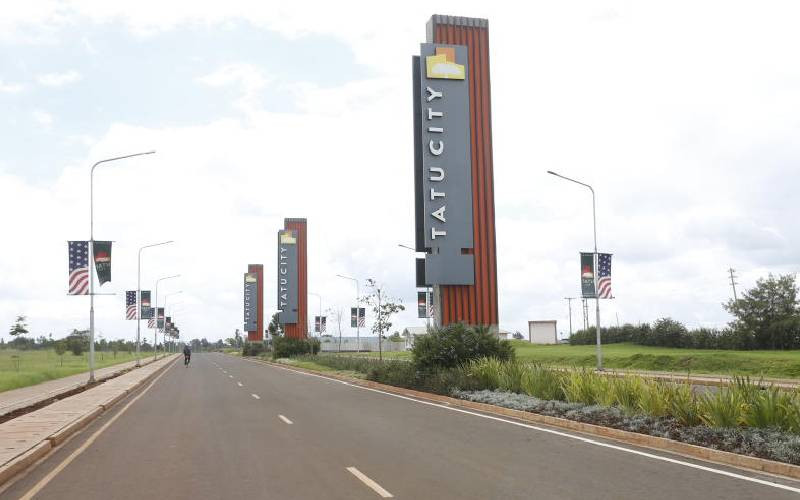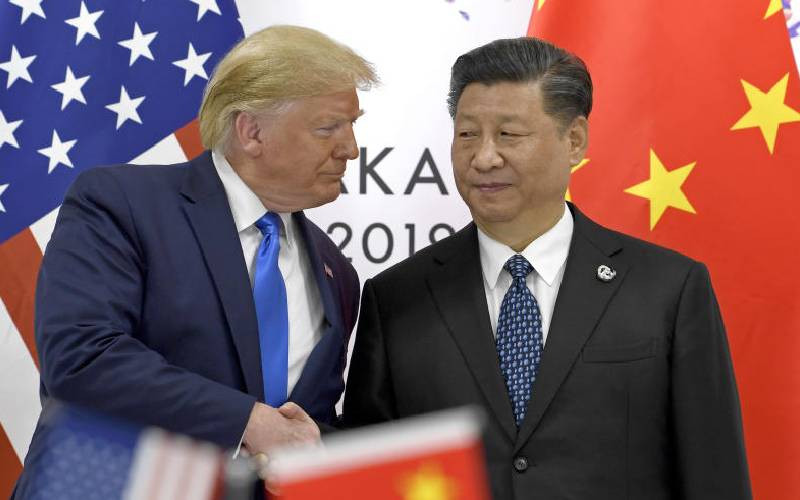×
The Standard e-Paper
Home To Bold Columnists

As Kenyans gathered to bid farewell to veteran TV news anchor Catherine Kasavuli in Vihiga, various leaders came out to lament the burden of cancer that many families are grappling with in Kenya and the region.
So sad is the situation, that each day, we receive invitations to fundraising events for loved ones battling different types of cancers at various stages. Indeed, this is a reality even among our leaders, some of whom are cancer survivors.






